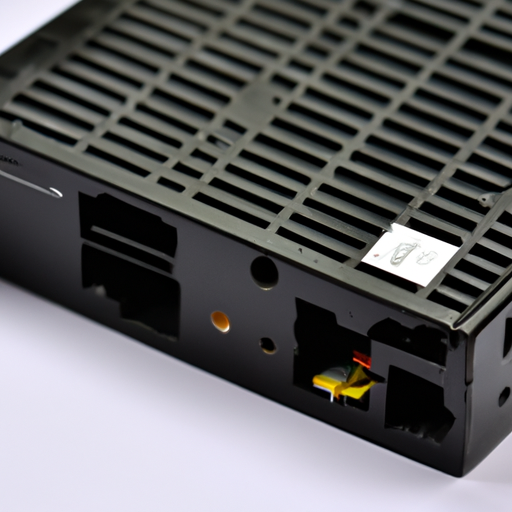product
product 

-
local(1)

-
Uncategorized component(4)

-
Capacitors(1)

-
Battery Products(8)

-
Optoelectronics(80)

-
Power Supplies - External/Internal (Off-Board)(500)

-
Transformers(1)

-
Crystals, Oscillators, Resonators(192528)

-
Motors, Solenoids, Driver Boards/Modules(1)

-
Relays(4)

-
Fans, Thermal Management(1)

-
Tools(6)

-
Connectors, Interconnects(5114)

-
Cable Assemblies(2284)

-
Cables, Wires(2)

-
Memory Cards, Modules(1)

-
Sensors, Transducers(3)

-
Boxes,Enclosures,Racks(2)

-
Test and Measurement(10)

-
Prototyping, Fabrication Products(71)

-
Kits(5)

-
Development Boards, Kits, Programmers(1886)

-
RF/IF and RFID(298)

-
Maker/DIY, Educational(19)

-
Embedded Solutions(35)

-
Interconnect(64)

-
Other Components(6)

-
Passives(179150)

-
Semiconductor IC(11)

-
Tools(656)

-
Boxes, Enclosures, Racks(3)

-
Cable Assemblies(1502)

-
Cables, Wires(6)

-
Capacitors(3692)

-
Connectors, Interconnects(8)

-
Crystals, Oscillators, Resonators(2)

-
Development Boards, Kits, Programmers(28)

-
Inductors, Coils, Chokes(3)

-
Maker/DIY, Educational(14)

-
Optoelectronics(2)

-
RF/IF and RFID(1)

-
Sensors, Transducers(1)

-
Discrete Semiconductor Products(22)

-
RF/IF and RFID(536)

-
Capacitors(24)

-
computer products(3)

-
data collection(3)

-
development system(3)

-
monitor(1)

-
Microcontrollers and Processors(3)

-
Oscillators and crystals(2)

-
Power management(2)

-
Wire and Cable(1)

-
Semiconductors(6)

-
Passive Components(71)

-
Circuit Protection(1)

-
Connectors(33)

-
Electromechanical(1)

-
Optoelectronics (4)

-
Cable Assemblies (1589)

-
Evaluation Boards (6)

-
Tools (58)

-
Potentiometers (51)

-
Switches (5)

-
Resistors (5)

-
Filters (211)

-
Sensors (62)

-
Inductors (13)

-
Capacitors (7698)

-
Prototype Boards & Breadboards (71)

-
Connectors (3730)

-
Discrete Semiconductors (4)

-
RF/IF & RFID (807)

-
Circuit Protection (287)

-
Crystals (37)

-
Connector(201)

-
Tools and consumables(94)

-
Engineering tools.(18)

-
Embedded solution(4)

-
Connectors(76)

-
Embedded Solutions(1)

-
Engineering Development Tools(1)

-
connectors(59)

-
Connectors(1)

-
Development Board/Suite/Programmer (1)

-
Crystal/oscillator/resonator(1385)

-
Capacitor(558)

-
Connector(7)

-
diode(1)

-
Wireless ,RF(6)

NEW
NEW 

contact us 















